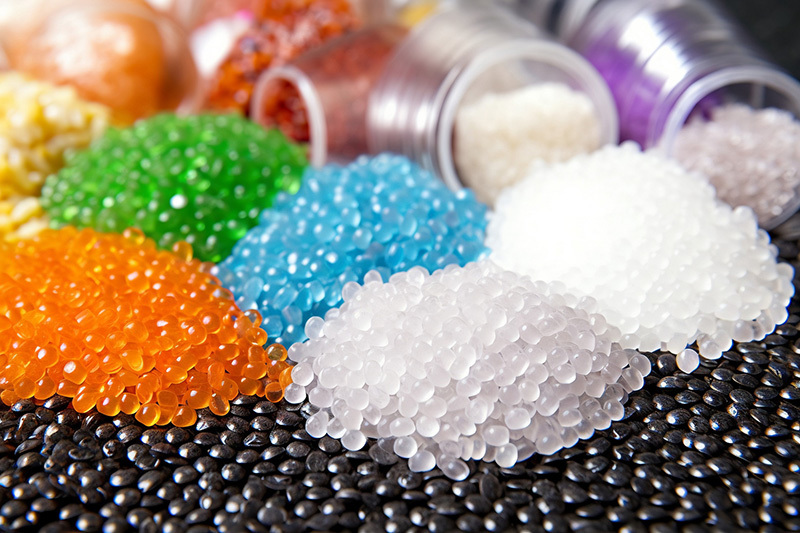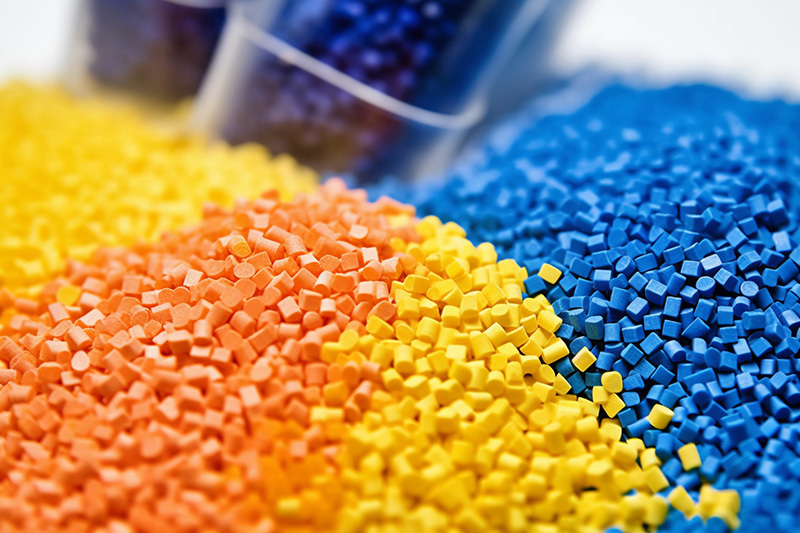Control of temperature, pressure and speed parameters in injection molding process
Release time:
2023-12-25
Melt temperature is very important in the injection molding process. The melt temperature can be measured at the nozzle of the injection molding machine, or roughly estimated using the air injection method. The temperature setting of the barrel depends on the melting temperature of the plastic melt, screw speed, back pressure, injection volume and injection cycle. If the operator does not have experience with a particular plastic, the test should begin with the lowest allowable temperature setting. In order to facilitate precise control of the melting temperature, the barrel is usually divided into a plurality of heating zones, each of which can be set to a different temperature. If the injection time is long or the operation is at high temperature, the temperature of the first zone should be set to a lower value, which will prevent premature melting and separation of the plastic. Before starting the injection molding process, make sure that the hydraulic oil, hopper sealer, mold and injection cylinder are at the correct set temperature.

1. Melting temperature
Melt temperature is very important in the injection molding process. The melt temperature can be measured at the nozzle of the injection molding machine, or roughly estimated using the air injection method. The temperature setting of the barrel depends on the melting temperature of the plastic melt, screw speed, back pressure, injection volume and injection cycle. If the operator does not have experience with a particular plastic, the test should begin with the lowest allowable temperature setting. In order to facilitate precise control of the melting temperature, the barrel is usually divided into a plurality of heating zones, each of which can be set to a different temperature. If the injection time is long or the operation is at high temperature, the temperature of the first zone should be set to a lower value, which will prevent premature melting and separation of the plastic. Before starting the injection molding process, make sure that the hydraulic oil, hopper sealer, mold and injection cylinder are at the correct set temperature.
2. Injection pressure
Injection pressure is a pressure that promotes the flow of the plastic melt and can be measured using a sensor installed on the nozzle or hydraulic equipment. It has no fixed value, and the more difficult it is to fill the mold with molten material, the injection pressure should be increased accordingly.
Injection molding pressure can be divided into several stages. During the filling phase of an injection molding cycle, the first stage pressure and the second stage pressure may require a high pressure to maintain a high injection velocity. After filling the mold with the molten material, the pressure may be reduced. However, when injecting some semi-crystalline thermoplastic materials (such as PA and POM), the sudden change in pressure will cause adverse changes in the internal structure of the product, so sometimes no stage pressure is required.
3. Locking pressure
In order to counter the injection pressure, the mold must maintain a certain pressure during the locking process, but the locking pressure cannot be too high, otherwise the equipment may run for a long time under high pressure, which may cause damage to the mold and equipment. When calculating the locking pressure, the projected area of the plastic product should be considered, and the appropriate pressure value should be calculated on this basis. The projected area of the injection molded part is the largest area visible from the direction in which the locking force is applied. However, if the height of the injection molded part is large, the side wall area must also be considered.
4. Back pressure
Although the use of high back pressure is beneficial to the uniform dispersion of pigments and other fillers and the melting of the plastic, it also prolongs the screw return time, which may cause loss of fibers in fiber reinforced plastics. The back pressure setting value should not be too high, and under no circumstances should it exceed 20% of the injection pressure (maximum quota) of the injection molding machine.
5. Jet speed
When injecting thin-walled products, a high injection rate must be used to completely fill the mold when the molten material of the gate is not solidified. However, the injection speed should not be too high. Stepped injection speeds can be used to avoid defects such as melt injection or trapped gas.




